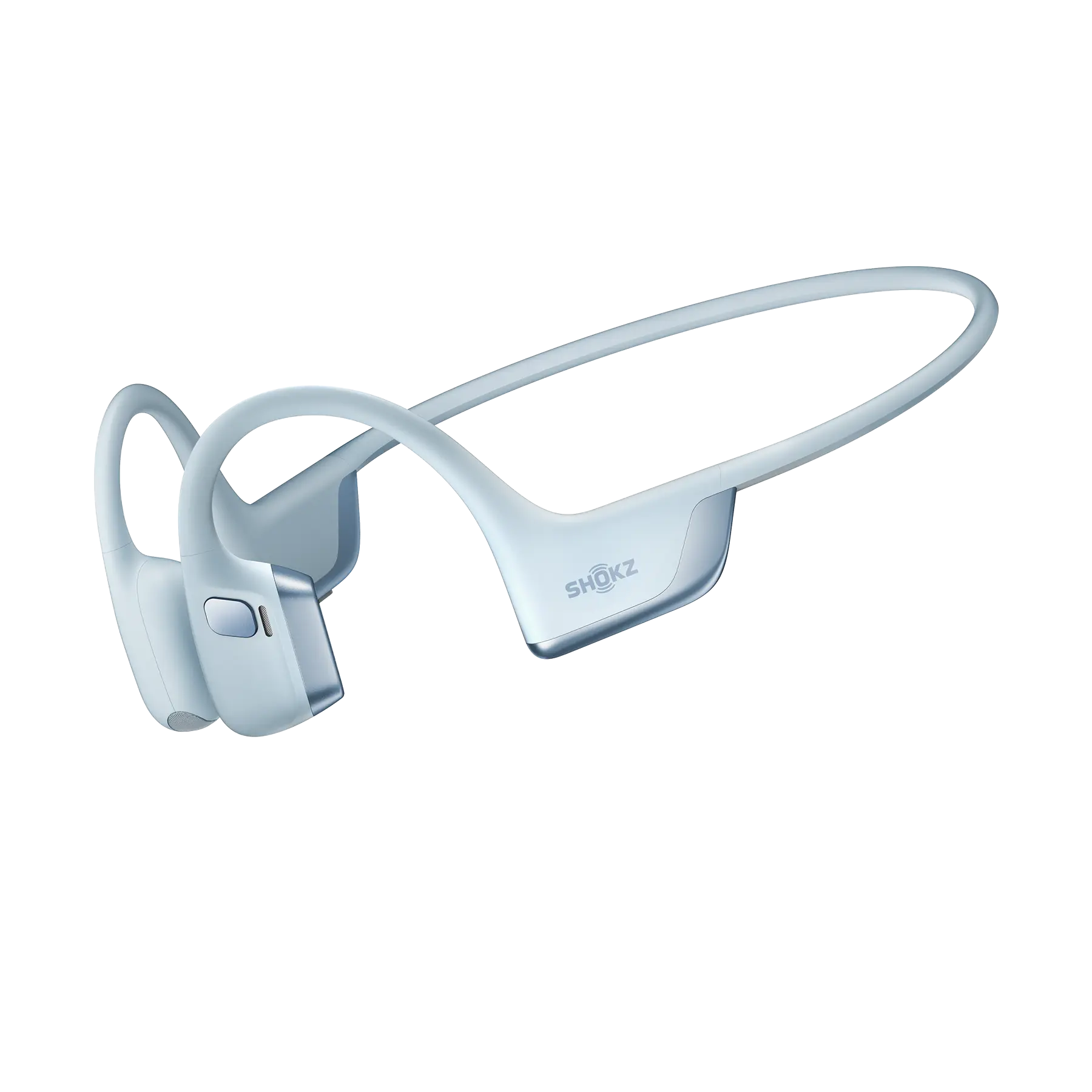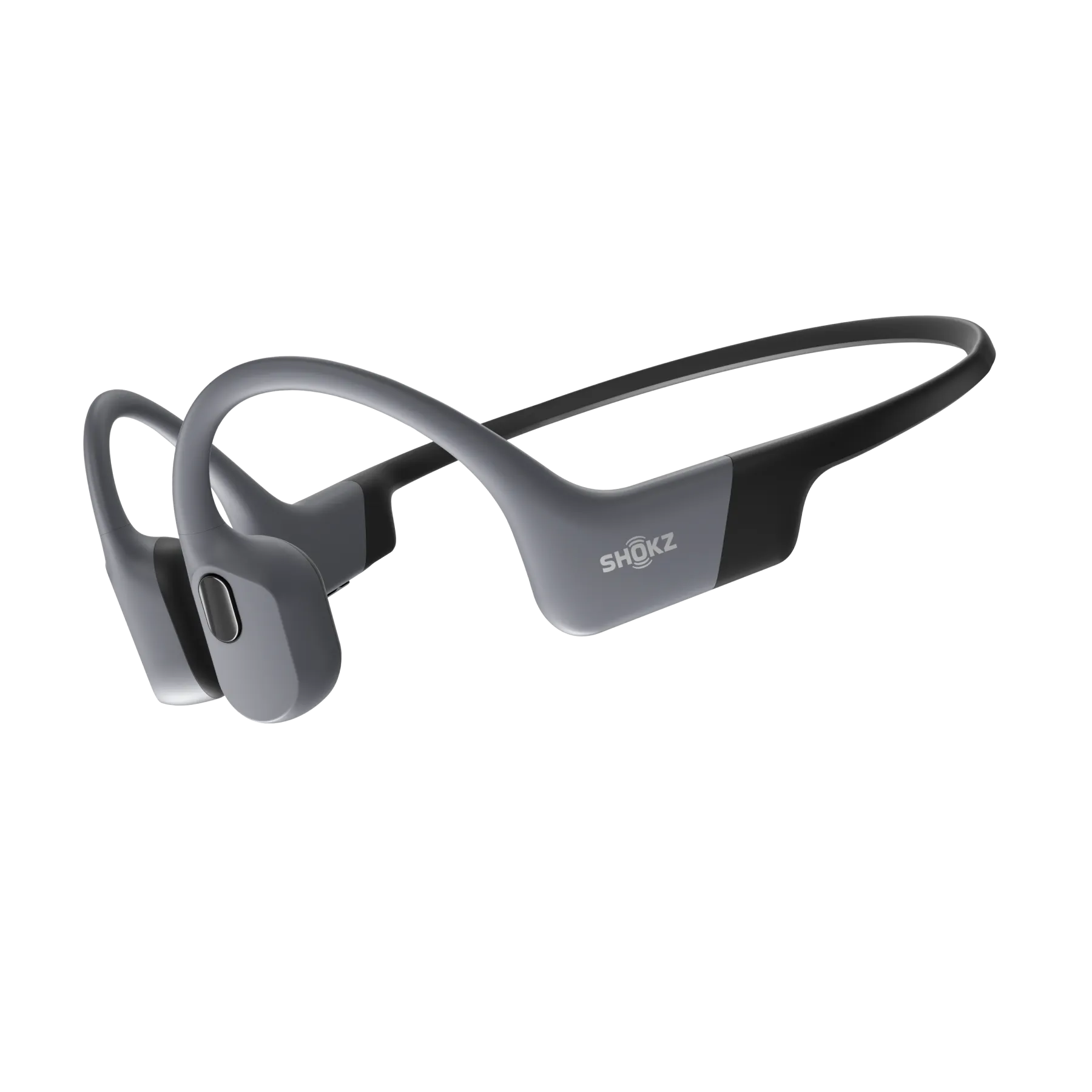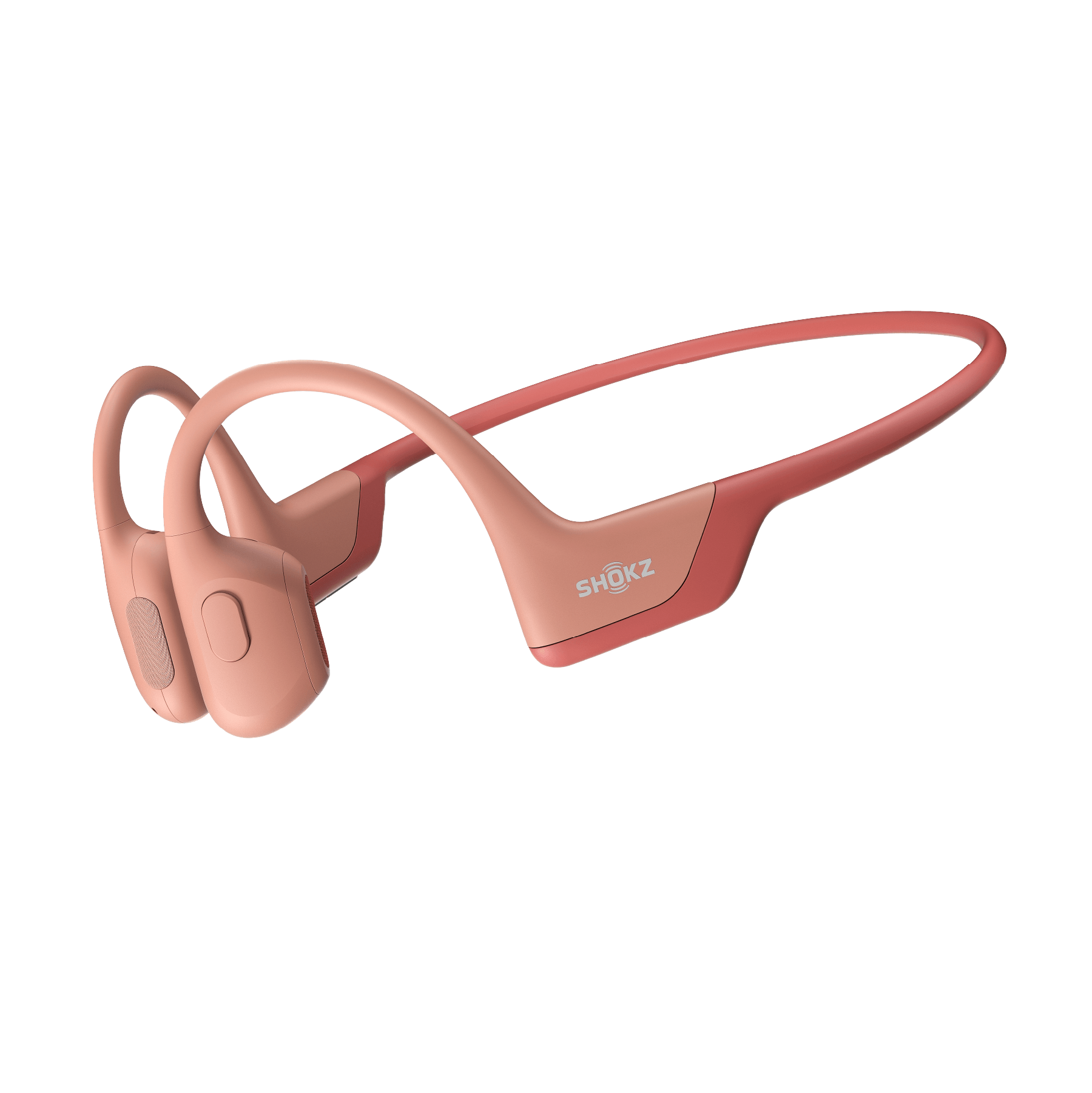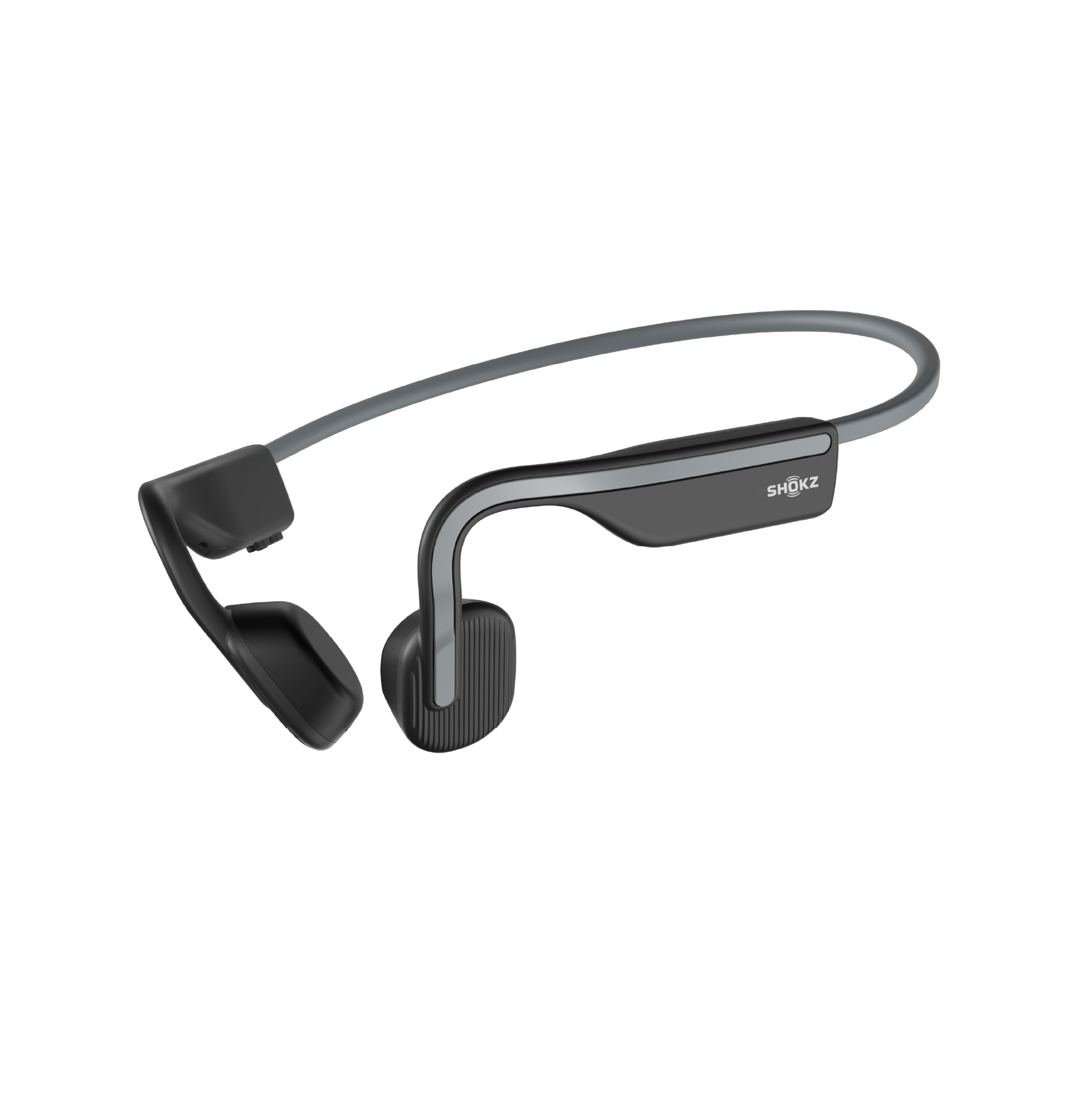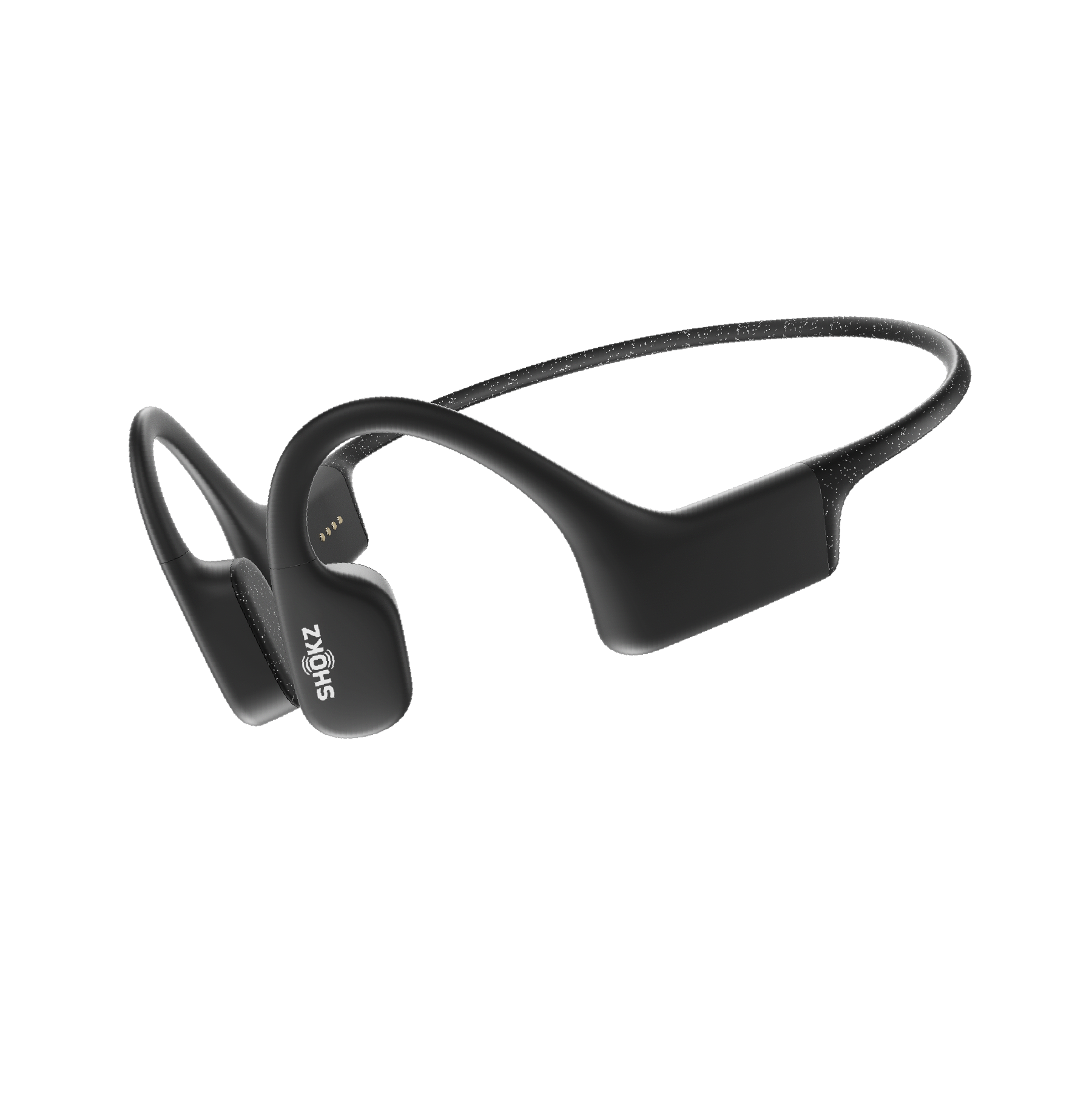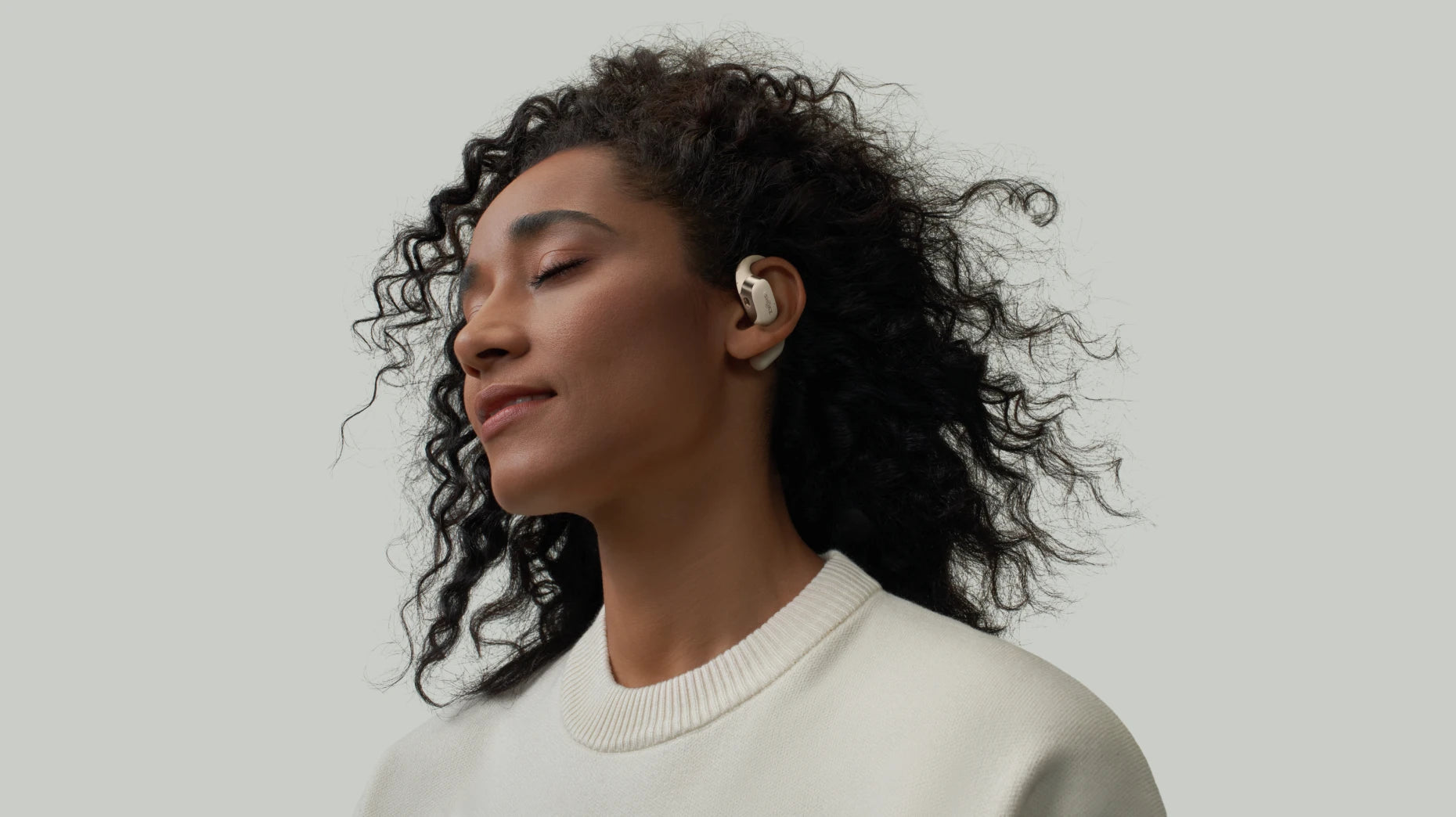-
Introduction
-
Types of Hearing Loss
-
Main Causes of Hearing Loss
-
How Deaf People Benefit from Bone Conduction Headphones
-
What Other Applications Does Bone Conduction Technology Have?
-
FAQS
-
Conclusion
Introduction
Bone-conduction headphones are a breakthrough technology. The science behind them is simple: vibrations are transmitted directly to the inner ear through the temporal bone, without having to pass through the auditory canal and eardrum. This delivers crisp, high-quality sound, irrespective of one’s environment, and it allows listeners to maintain situational awareness while enjoying their music. When it comes to hearing impairments, these headphones can also help people to once again perceive sound.
In this article, we will explore the different types of hearing loss, their causes, and the potential benefits of using bone conduction technology. Although it is not a panacea for all types of deafness, it can be particularly effective in treating some cases.
Types of Hearing Loss
There are several different types of hearing loss; the most common ones deal with damage or dysfunction in the outer, middle, or inner ear. The reason why certain cases can be treated with bone conduction technology while others cannot has to do with the source of the impairment.
These are the three main types of hearing loss:
Conductive Hearing Loss: This occurs when sound waves are unable to travel through the outer or middle ear to reach the inner ear. The causes can range from fluid in the middle ear or earwax buildup to perforated eardrums or structural abnormalities. To people with conductive hearing loss, all sounds may seem muffled and faint sounds are especially difficult to pick up. The condition, however, is often treatable through medical or surgical interventions.
Sensorineural Hearing Loss: This is caused by damage to the inner ear or the auditory nerve pathways that connect the ear to the brain. Such damage is often due to aging, exposure to loud noise, genetic makeup, infections, or certain medical conditions. Sensorineural hearing loss typically results in diminished hearing, sometimes across large portions of the frequency range, and it can also include a persistent ringing in the ear, known as tinnitus, or a plugged-like feeling in the ear. Unlike conductive hearing loss, this type is usually permanent, though it may be managed with hearing aids or cochlear implants.
Mixed Hearing Loss: This is a combination of the two. Treatment options often depend on the causes and severity of the hearing loss and could include medical interventions, hearing aids, or cochlear implants.
Main Causes of Hearing Loss
The main causes of hearing loss include:
Earwax buildup: This can block the ear canal and, consequently, prevent sound waves from passing through. Normal hearing function can often be restored with treatment.
Noise: Prolonged or repeated exposure to loud noises, or simply a short blast of explosive noise, can damage the hair cells of the inner ear. These are responsible for transmitting sound signals to the brain. Because these hair cells do not regenerate, any damage to them results in permanent hearing loss.

Senescence: as we age, the nerve fibers and/or hair cells of the inner ear deteriorate over time. This can also cause reduced blood flow to the inner ear. Age-related hearing loss is permanent.
Ear infection: This can lead to fluid buildup in the middle ear, which in turn can disrupt the transmission of sound vibrations to the inner ear. If treated promptly, the risk of permanent hearing loss from infection is preventable.
Physical damage: Injuries, like head trauma, can damage the structures of the outer, middle, or inner ear, as well as the auditory pathways in the brain. This can lead to conductive, sensorineural, or mixed hearing loss.
How Deaf People Benefit from Bone Conduction Headphones
Since the 15th century, bone conduction technology has served as an aid for the hearing-impaired. It was famously used by the German composer and pianist, Ludwig van Beethoven, as he grew increasingly deaf in his latter years. What he would do was clench a wooden rod between his teeth and hold it against his piano keyboard. The vibrations would then travel from the piano through his jawbone, allowing him to perceive faint sounds.

Today, bone conduction headphones can help people with conductive hearing loss, because the areas of the ear that are typically affected, like the ear canal and eardrum, are bypassed. And because the sound waves stimulate the cochlea directly, they can improve sound clarity for people with certain types of sensorineural hearing loss as well.
However, their effectiveness at restoring sound is contingent on the root cause and severity of the individual’s hearing loss. For many individuals, it can restore enough sound to improve communication in everyday situations, although it may not fully restore hearing to normal levels. There are other factors to consider, like the quality of the bone conduction headphones and the individual’s responsiveness to bone-conducted sound. But for some people, it can provide a notable improvement in hearing capabilities and quality of life.
Additionally, these headphones can be worn safely and comfortably, in such a way that the ear canal remains unobstructed. This makes them a practical option for everyday use. And because bone conduction technology can be integrated into various types of hearing devices, not just headphones, listeners have greater flexibility in meeting their various hearing needs.
What Other Applications Does Bone Conduction Technology Have?
Bone conduction technology has a range of applications. In the medical field, it is used to make hearing aids, like bone-anchored hearing systems. These devices are surgically implanted into the mastoid bone behind the ear.
In addition, bone conduction headsets are used by firefighters, law enforcement and military personnel. The open-ear design enables its users to communicate in noisy and hazardous environments without compromising situational awareness. The technology is also a useful tool in educational settings. When paired with translation devices, it can help overcome language barriers.
One of the most unique applications of bone conduction technology is its underwater capability, as it can help divers with communication, navigation, and safety. By contrast, traditional headphones are ineffective in such an environment because of the water’s density, which hinders the movement of sound waves through the middle ear.

Bone conduction headphones are ultimately a versatile alternative to traditional ones, with applications that extend far beyond just sports and fitness.
FAQs
What should you pay attention to when using bone conduction headphones?
Bone conduction headphones emphasize clarity and safety. Not only can they lower the risk of hearing damage, but through their open-ear design, listeners can also maintain awareness of their surroundings. That said, they might not have the same depth and richness of sound as traditional headphones.
Are bone conduction headphones safe?
Yes, they are generally safer than traditional headphones. In particular, bone conduction headphones minimize direct damage to the eardrum and irritation to the ear canal. That said, listening to loud audio for prolonged periods of time can still cause hearing damage. Users should listen responsibly.
Conclusion
There are three main types of hearing loss: conductive, sensorineural, and mixed. Each one has different effects on auditory function, and some are more treatable than others. Bone conduction technology offers a unique solution because it avoids the outer and middle ear, and instead transmits sound vibrations directly to the inner ear through bones in the skull. It is particularly beneficial for individuals with conductive hearing loss, since the condition is localized in the outer or middle ear. That said, the technology is versatile and also finds applications in education, public safety, the military, and underwater exploration.
Author Information

guides on shokz
